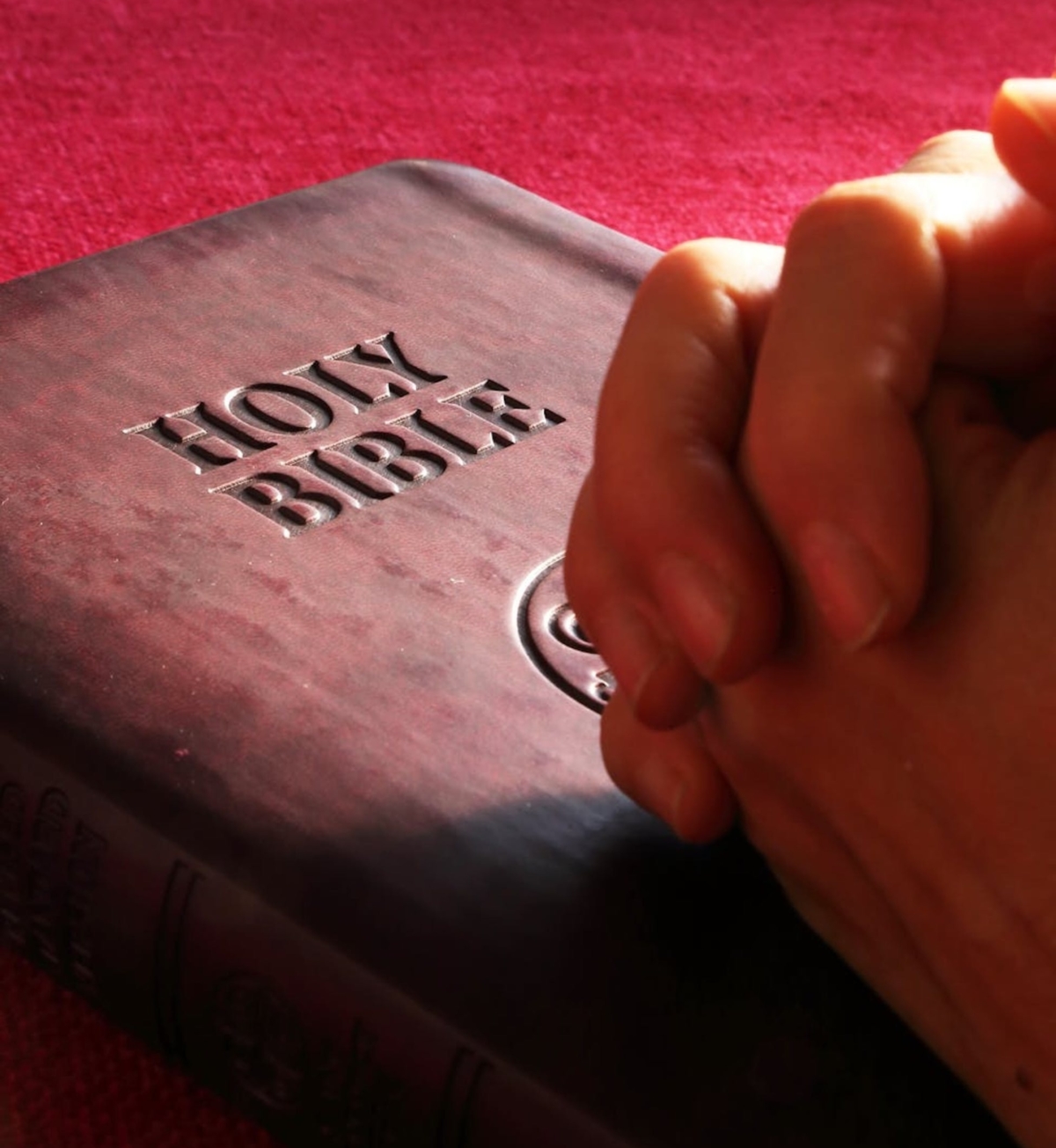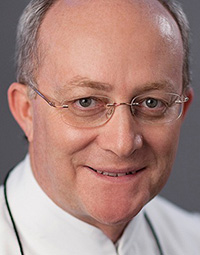News and Media

Catholic Schools and the Spiritual Families of the Church by Brother Michael Green FMS
What is it about a good Catholic secondary school when it really wins the hearts of its students? More particularly, what factors are at work when such a school can genuinely enliven in its staff and students with both reason and means for faith, hope and love in their lives? Chances are that the school is tapping into one of the rich and proven spiritualities of the Church and has a vibrant sense of belonging to one of its great spiritual families.
Over the centuries it has often been the founders of religious orders that have been gifted by the Holy Spirit to introduce fresh and compelling ways of living the Gospel of Jesus and of revitalising the Church. When their own graced way of being Christian – sometimes called a “charism” – attracts other people and inspires them in similar ways, then it typically it grows into spirituality or a spiritual tradition. A movement begins, one that allows the Church to be Church and to undertake its work ever more effectively. Over time, as these spiritualities grow and are taught by one generation to the next, they acquire an identity, a language, a distinctive cultural expression, a literature, a wisdom, a sense of belonging, and a focus for mission. They become paths of the Gospel, schools of Christian spirituality. Thus, the Spirit breathes life into the Church. Nowhere has this been more the case than in those spirititualities that have become associated with education. What have developed are wonderfully rich traditions of Catholic education that today we know by names such as Benedictine, Dominican, Ignatian, Lasallian, Marist, Salesian and many others.
Their secret is that they are sourced first of all in a profound spiritual experience, one that has, from the time of the founding generation, continued to evolve and to speak convincingly to people of different times and circumstances. It has led them to be captured by the timeless Gospel of Jesus by offering them what might called a “do- able discipleship” – a way of Christian living that suits their culture, their needs, and their context.
The most enduring ones are those that are not time-limited or root-bound in ways that restrict their growth or hinder new forms of expression. Indeed, one of the great blessings of our time is that, in response to the Second Vatican Council’s reclamation of the responsibility of all Christians to share fully in God’s mission, many of the great spiritualities of the Church have moved beyond the limits of their original religious order to be embraced more deeply by lay people, and indeed, young people. The Church has begun to speak of “spiritual families” and to place much hope in them. Again, this is nowhere more in evidence than in those which are associated with Catholic schools.
The result? Outstanding Catholic schools.
Simply put, a school’s membership of one of the spiritual families of the Church enhances its capacity to be an effective Catholic school. As well as tapping it into a tradition of teaching and learning that is often the fruit of centuries of refinement, it places the present school community into a Gospel narrative and a community that is replete with its saints, its inspirational events, its sacred places, and its local and international networks of people that often span the universal Church. For its core work of evangelisation, the school can draw from the movement’s accumulated spiritual wisdom, its training and formation strategies, its resources, its rituals and symbols, and its current range of programs and projects in youth ministry, in social welfare, in social justice or in other works.
When a school plumbs the educational, spiritual and missionary intuitions of one of these traditions, when its staff and students understand themselves as members of such a movement of people within the Church, then it is likely that they will become a vibrantly educational and Christian community.
While the outside observer might only initially see such easily observable phenomena as mottos and badges, the names of buildings and facilities,
particular leadership and ministry programs, various rituals and symbols, or special days and events, these are only the externals, the visible expressions of a deeper narrative, and ultimately, a Gospel narrative if the school is faithful to the movement’s founding generation. This offers the school a certain constancy of orientation that is stable over the decades, ensuring that its identity and its style do not depend solely on the preferences or personal gifts of the present principal and staff. From this grows both sureness of purpose and strong social capital: the school community knows what it is about and has a connectedness among its members that serves its ends to great effect.
Educationalists and theologians may describe all of this in various scholarly ways, but often at the level of the school the students simply call it their “spirit”. A diocese that has a range of schools conducted by the different spiritual families of the Church is likely to be a diocese that is spiritually and educationally rich and vibrant in its school sector.

Brother Michael Green FMS is National Director of Marist Schools Australia and Executive Director of Ministries for the Marist Brothers, Province of Australia. He has been involved in Catholic education for over thirty- five years as a teacher, secondary school principal, board chair, administrator, author, and course presenter. In his present roles, Brother Michael has oversight of a network of fifty-three Marist schools spread across Australia, as well as the other works in which Marists are involved in youth welfare, social justice and youth ministry.
Brother Michael’s studies have been in the disciplines of history, theology, scripture, and education. His doctoral research, which explored the organisational culture of Australian Marist schools, brought together the sociological concept of culture and the theological dynamic of charism. Since 2003, he has been a member of the International Commission for Marist Spirituality and History, and more recently, the International Marist Governance and Management Commission.
As well as his particular expertise in Marist spirituality and education, he has a more general interest in the ways in which the spiritual families of the Church can contribute to its vitality and renewal.

